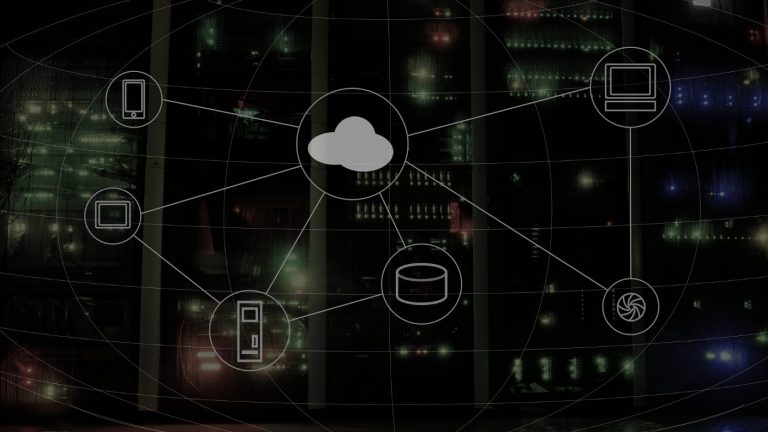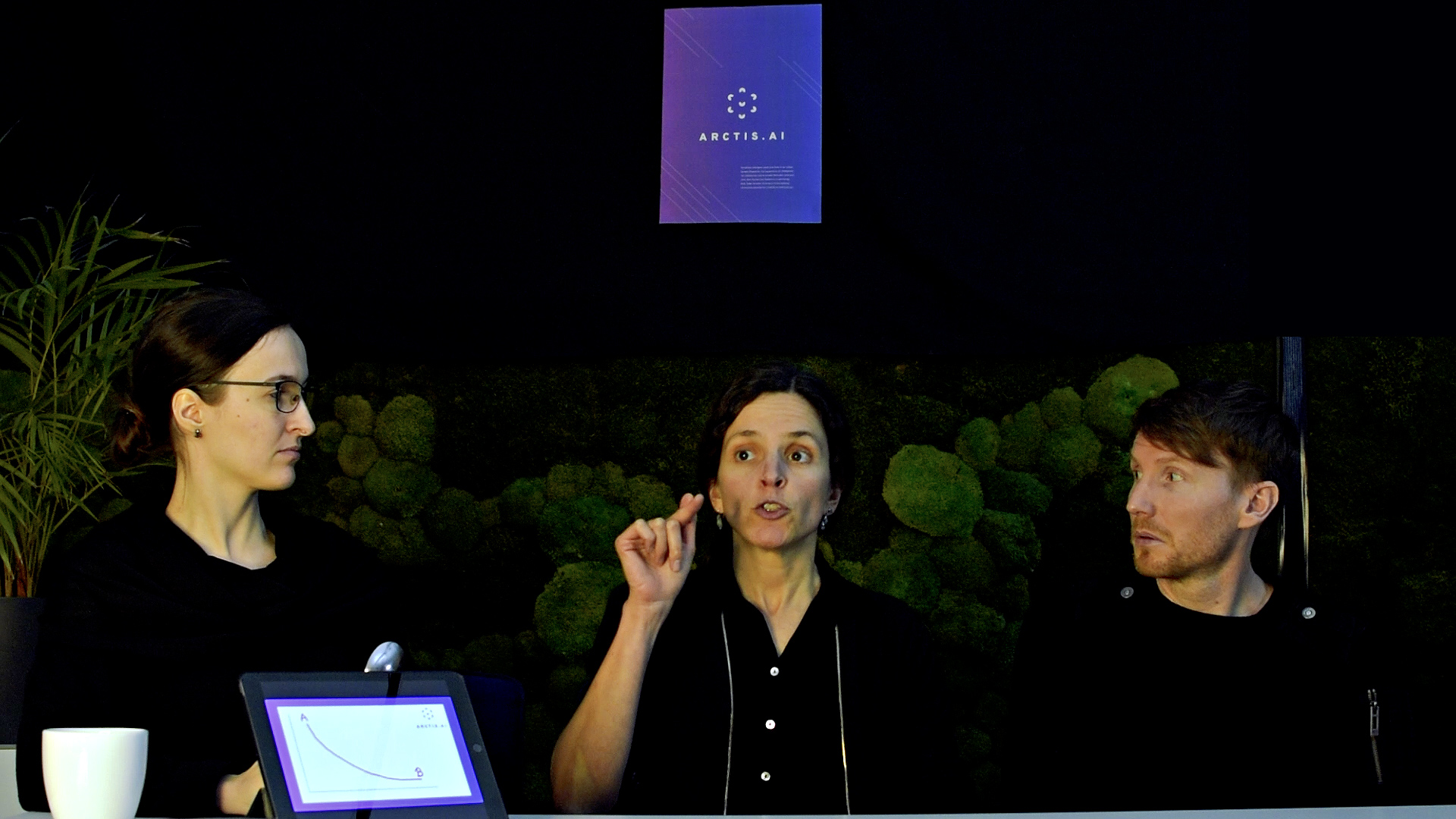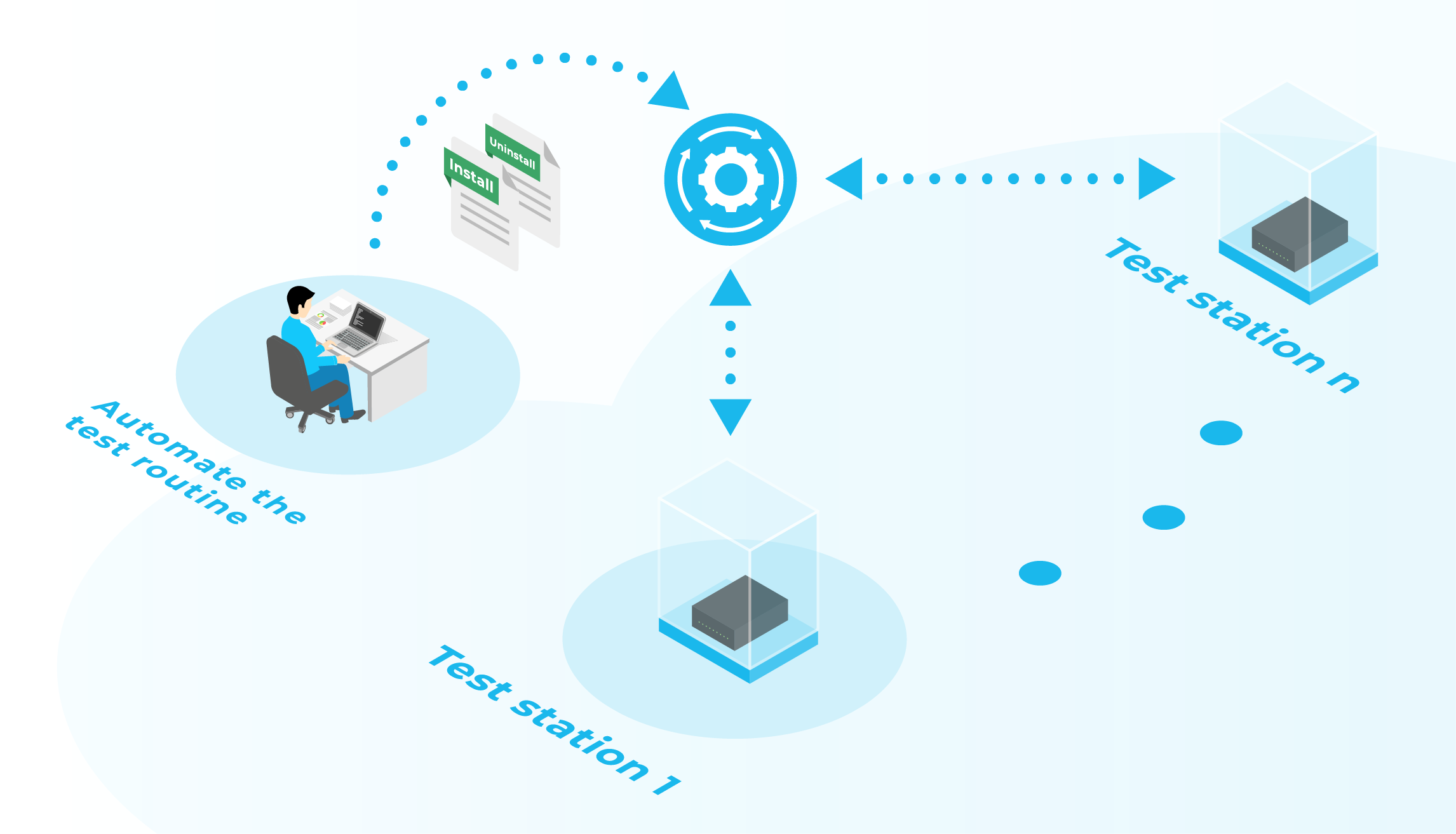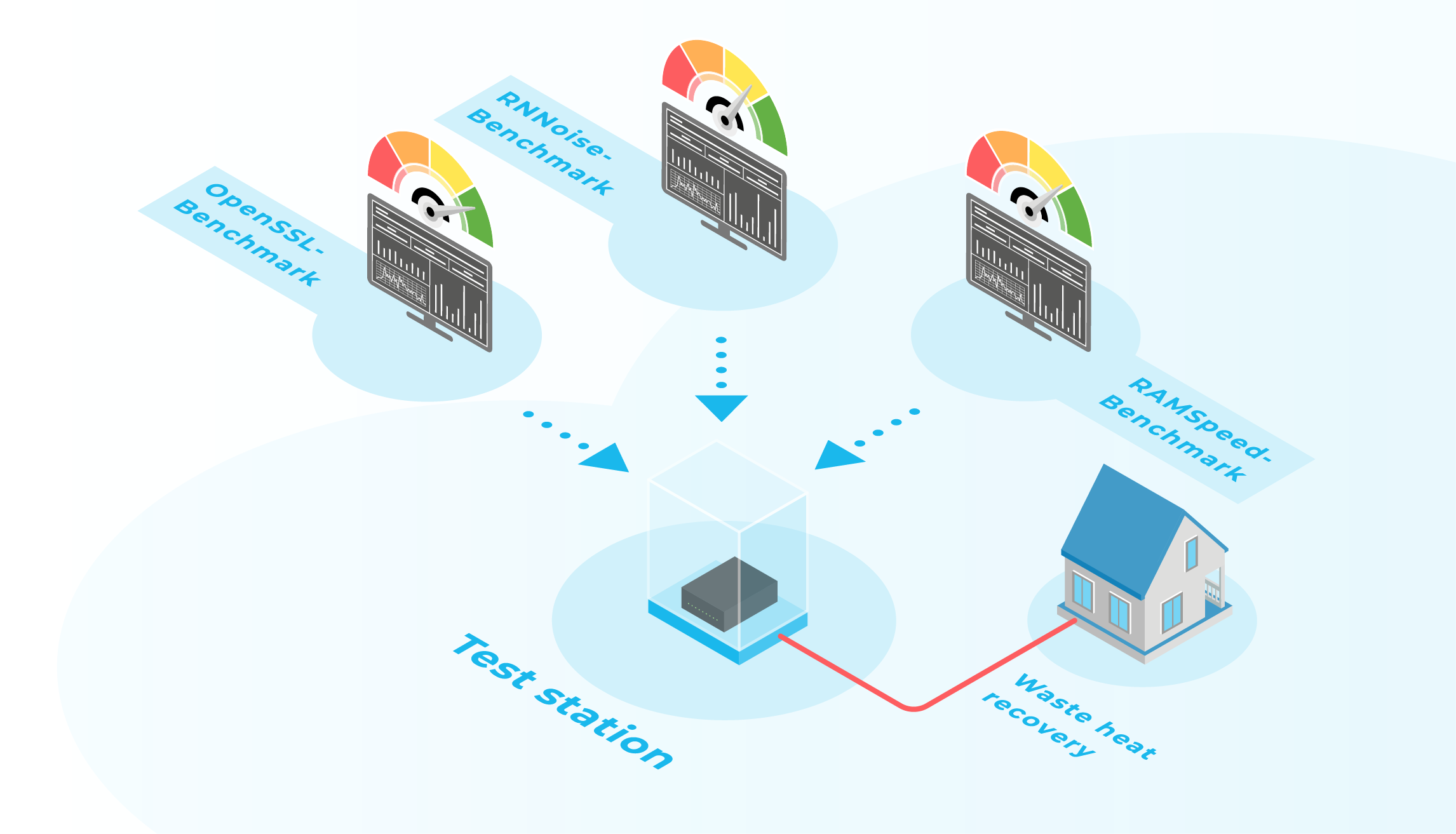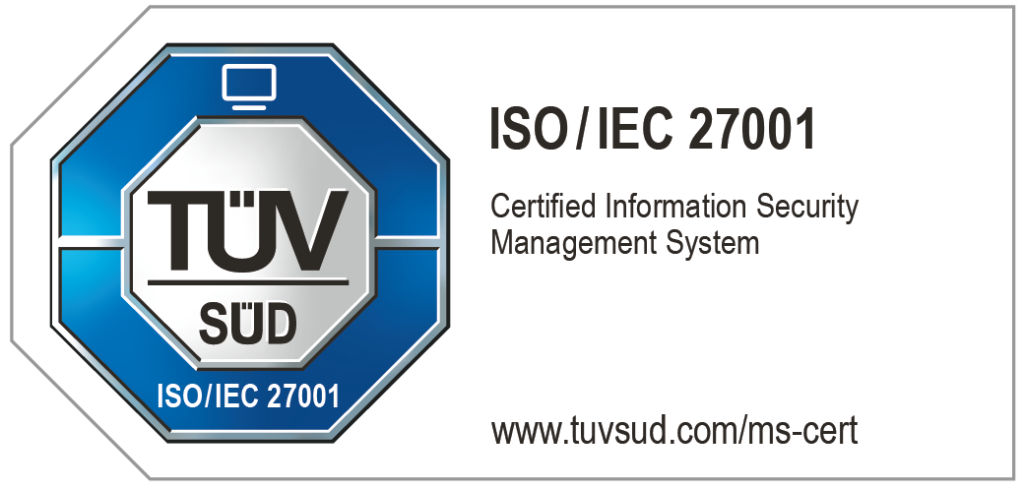There’s actually no need to explain what Cloud is, isn’t it? And since “actually” is actually no proper word, we want to give more tought about the basics besides our detailed OpenStack tutorials[1]. No sooner said than done. Readers amongst you, who already know what IaaS, Public Cloud and Co. are, can skip this post and can directly go to more challenging topics such as how we make Cloud infrastructures high available[2] or how one data center might look like[3] hosting IaaS. Who wants to install IaaS on their own, can find initial help at our OpenStack support sites[4].
What is Cloud? Short and crisp.
In general, Cloud Computing offers a simple possibility to ad-hoc access servers, storage, data bases and a comprehensive range of applications via the internet. Billing of Cloud capacity usage is generally made according to the demanded extent – related to data volume and computing time per hour.
The majority of the people think about outsourcing of IT[5]. In this case, data is not stored in the own company or on servers in the company’s server room, but on external IT infrastructure owned by a Cloud provider. This is commonly known as a Public Cloud. Thus, as a user of a Cloud service, one rents IT infrastructures which are equipped with storage and processing power and possibly also suitable software solutions. Because of the individual compilation of resources and software, purchasing cost as well as personal- and operating cost of ones IT can be reduced. Some companies want to capitalize of the benefits of Cloud services for their employees, like a scalable IT-infrastructure or installation- and maintenance free applications, but want to operate the servers themselves out of data security reasons. This design is labeled as a Private Cloud. A Hybrid Cloud is a mix of both types. Here, certain services run at public providers over the internet while critical data is processed within the company.
In principle, the Cloud is suitable for enterprises and private users alike because of its numerous capabilities. Some of the most known Cloud applications are Dropbox or iCloud for data backup and GoogleDrive for text- and table editing as well as mail and calendar services. For these applications, the software is supplied by and the tasks and data can be saved in the Cloud. Today, already many companies use standard applications like CRM, Security, Project Management or Collaboration in the Cloud because the installation and the management of highly scalable IT architectures require high investments and know-how. Web applications are provided by the Cloud as well and are used whenever variable workload profiles are expected which are difficult to forecast.
Why Cloud does not equal Cloud.
To meet the different user needs, three variants of the Cloud have been established. A general distinction can be made according to the Cloud-computing architecture which consists out of the three layers: the infrastructure, the platform and the application layer.
Infrastructure as a Service (IaaS)
The infrastructure forms the basis, the base layer of Cloud computing. IaaS is a business model where instead of a complete solution which includes hard- and software, only the necessary hardware is provided. The hardware itself is rented from the Cloud provider’s data center, where it is also maintained. The Cloud user has only access to components for editing, transport and storage of data and can install and use any application program or operating system. Billing is done according to used duration of the service, which makes this a costefficient solution especially for variable computing operations.
In order to operate the Cloud efficiently, servers are often virtualized. By using Virtualization software like OpenStack or vmWare, the physical hardware is used to create a virtual pool of servers, storage and network capacity. Depending on the demand, they can be allocated to a service according to existing Service Level Agreements. The benefits are obvious, the pooling of physical resources in combination with management tools, i.e. for the load distribution, lead to a significant increase in utilization and minimizes the demand for physical devices and energy cost.
Plattform as a Service (PaaS)
The platform is the middle layer of the Cloud computing architecture. Its target group is more the software developer rather than the IT administrator. PaaS allows to run own programs on the provided infrastructure via interfaces. In order to do that, the PaaS provider makes specifications about the usable programing language and ports, as well as data storage, networks and processing systems. The developer has no possibility to control or administer the used infrastructure. He can only control the introduced programs or data.
Software as a Service (SaaS)
Applications form the top layer of the Cloud computing framework and build on top of the previous layers. SaaS is a business model where IT infrastructure as well as software applications are no longer sold to the consumer but are provided as services for a fee. To run the software, in most cases only an internet-ready device and a browser are required.
Pros and Cons of Cloud Computing
The greatest benefit of Cloud Computing probably is that companies don’t need high investments for their infrastructures but instead, use already established solutions for a fee. Especially the numerous Cloud applications allow to react to flexible business processes and opportunities. Many “as a Service”-solutions can also be tried for free or are available at no cost.
Disadvantages result mostly out of data privacy reasons, when the data is not stored in the company’s own server facilities, but is located in a data center one has no direct access to. For this reason, trust must be developed to the Cloud provider and specific requirements must be set for the security of the Cloud services. Many established Cloud providers have their headquarters and data centers in the U.S. A transmission of personal data is only possible to selected companies abroad that are listed according to the EU-US Privacy Shield (2016), the successor of the Safe Harbor Treaty from the year 2000. In order to cope with this problem, other Cloud providers like Cloud&Heat host their servers exclusively in Germany and thereby ensure highest data security. As a consequence, the processed data is protected by the German Federal Data Protection Act. Before a Cloud solution is implemented for a company, therefor an admissibility check for data security of the provider is highly recommended.
